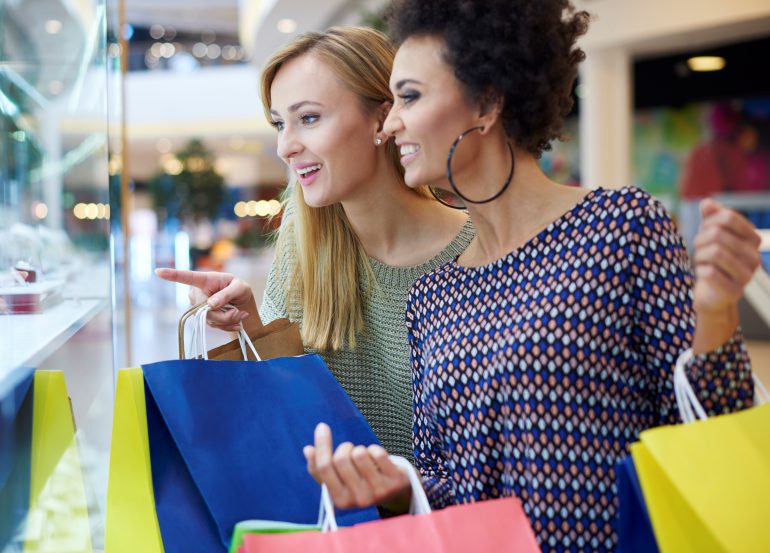Packaging design is an art that blends aesthetics and functionality, playing a significant role in the consumer’s buying decision. It is a powerful communication tool that can turn a casual browser into a loyal customer. Understanding ‘Customer Behavior in Packaging Design’ helps us delve into the mind of the consumer, unraveling the subtle influences that packaging can have on their purchasing decisions. To know more, follow us.
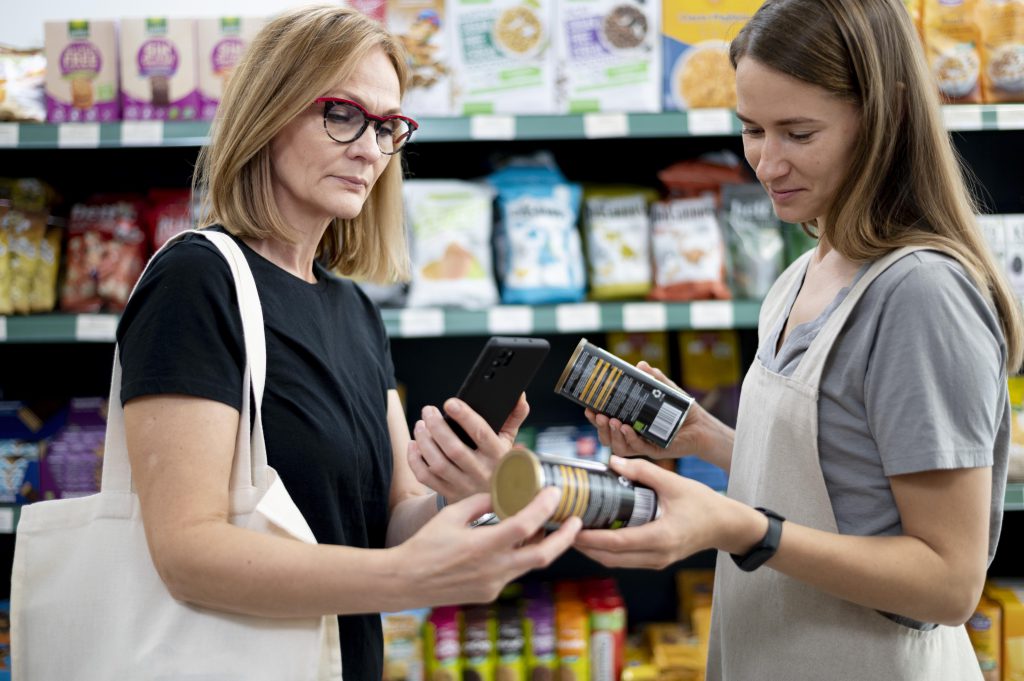
Important items to attract the attention of customers
Capturing the attention of potential customers is vital for any business. When designing packaging some important aspects such as aesthetics, ease of use and relevant content should be focused on. Also, the visual design and layout should be clean, modern and visually appealing using colors, images and graphics.
Sustainability
Customers notice packaging made from recycled materials, free of toxic chemicals and designed for minimum waste. Hence, it is more likely for them to choose brands that share their values regarding environmental protection.
Facility
Customers’ convenience and ease of use is another key factor. Packaging that is easy to open, close and carry, as well as available in convenient sizes and amounts appeals to consumers looking to save time and effort.
Process optimization
To enhance packaging performance for customers and business objectives factors like Usability testing, material selection, size and shaping, and graphic design should be considered and worked upon precisely.
Special purpose machinery
Specialized packaging machinery allows for unique shapes, formats and features that conventional machines cannot produce. Also, it enables innovation in packaging design that appeals to customers. Unique packaging formats made by this type of machinery improve product protection, lower costs and meet targeted needs.
Improved reliability
Protecting companies’ reputation and customer experience is the key role of a reliable packaging. Reliability can be supported through simple, durable structures and clearly communicated instructions to enhance the user experience.
Increased flexibility
Packaging that accommodates various product sizes and quantities, allows for multiple uses, and features reusable or adjustable components, which can be matched with customer’s needs.
Marketing and sales
Marketing through innovative packaging design captures customers’ attention both in stores and online. The package of any product can both impulsive buying behavior and reduce promotional costs. Creative graphics, intuitive formats and interactive features on packs creates an emotional connection with the customers and engage customers’ senses and imagination.
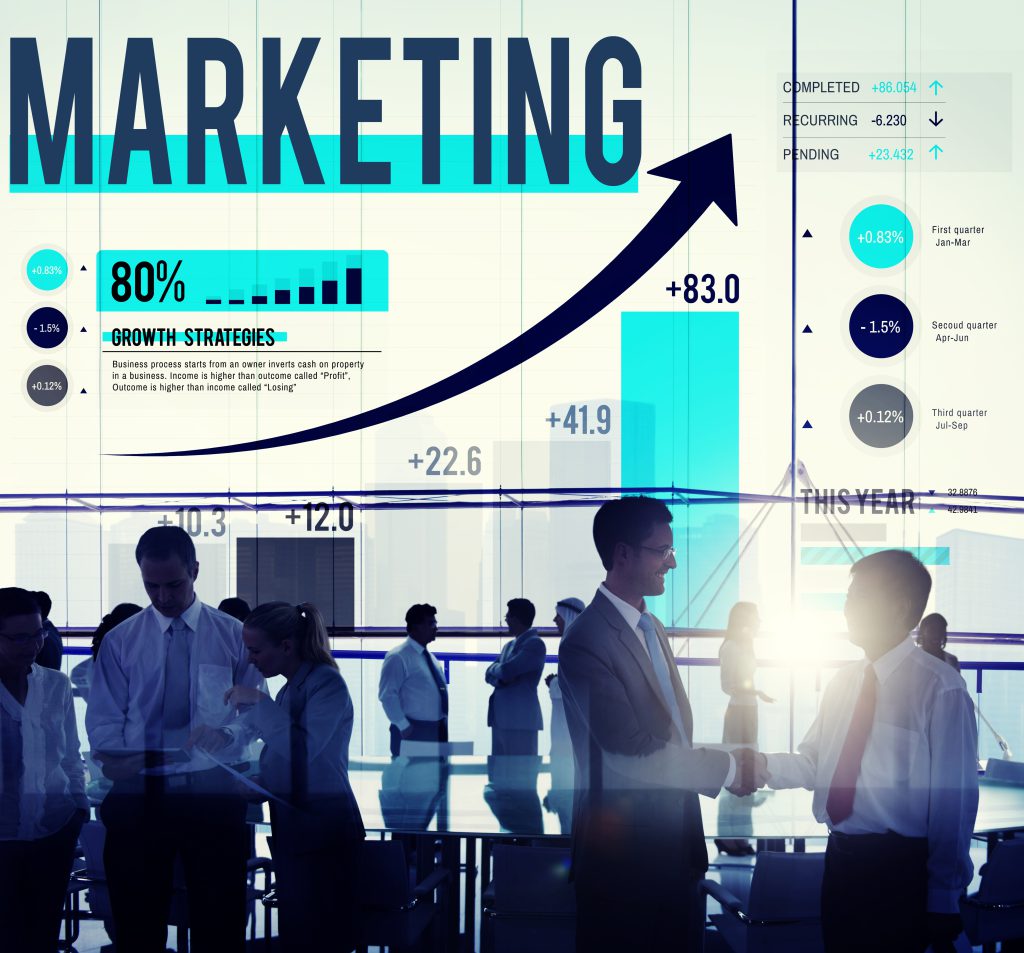
Predictive maintenance
Detecting potential equipment issues before failures through data monitoring ensures reliable production of high-quality packs that protect products.
The effect of packaging on consumer behavior
The packaging becomes the first impression of a brand for customers. Not only does it persuade prospective buyers prior to brand selection, but also impacts their decision making. Consumers’ opinion about the product’s quality, value and prestige is formed based on the packaging design that the customers see.
Grab attention through unique design
Unique and distinctive packaging design would be a great help to grab attention. Customers are exposed to the traditional, similar packaging every day. to stand out on shelves we need an unconventional design like 3D elements, interesting shapes that pop out, unusual materials and eye-catching graphics.
Touch on emotions and psychological triggers with colors
A consumer goes through a series of choices or judgment prior to making a purchase. During this time, the packaging plays a significant role in evoking emotions from customers. Materials and colors like red, green and blue can trigger their feelings through touch and vision.
Provide answers to customer questions
Different information like the brand name, ingredient list, nutrition facts, dosage guidelines, usage instructions, expiry dates, certifications, warnings and disclaimers should be printed on packaging. In this case customers have the chance to make informed decisions.
Reflect the overall quality of the product
The packaging serves as a signal of what the product experience will be like. This significantly impacts customers’ perceptions, trust and purchasing decisions.
Retain functionality and feel
To provides customers with assurance, consistency and ease of use, packaging must retain its functionality. Also, consumer’s willingness to buy a product increases if products are presented in packaging with various sizes and shapes.
Communicate your brand’s values and vision
When packaging communicates the brand’s principles and goals, it builds trust, credibility and emotional connections that motivate customers. In doing so, brands can get help from visual, textual and material elements written on the packaging.
Understanding the impact of packaging on consumer
Consumers have become more demanding, hence, the producers should understand the psychology of consumers and view them not just as simple buyers, but as individuals with unique desires when designing packaging.
How does packaging influence customer behavior?
By attracting consumer’s attention to brands, enhancing the image, and influencing their perceptions, packaging can influence consumer’s purchase decisions.
Spontaneity
Memorable moments of delight coming from spontaneous experiences build stronger and longtime relationships between customers and brands.
Compulsion
With the help of psychological triggers and persuasive elements, compulsion prompts impulse purchases, creates a sense of urgency, and maximizes conversion rates
Excitement
Packaging design creates excitement in customers by incorporating captivating visuals, vibrant colors, and innovative elements that arises curiosity and anticipation.
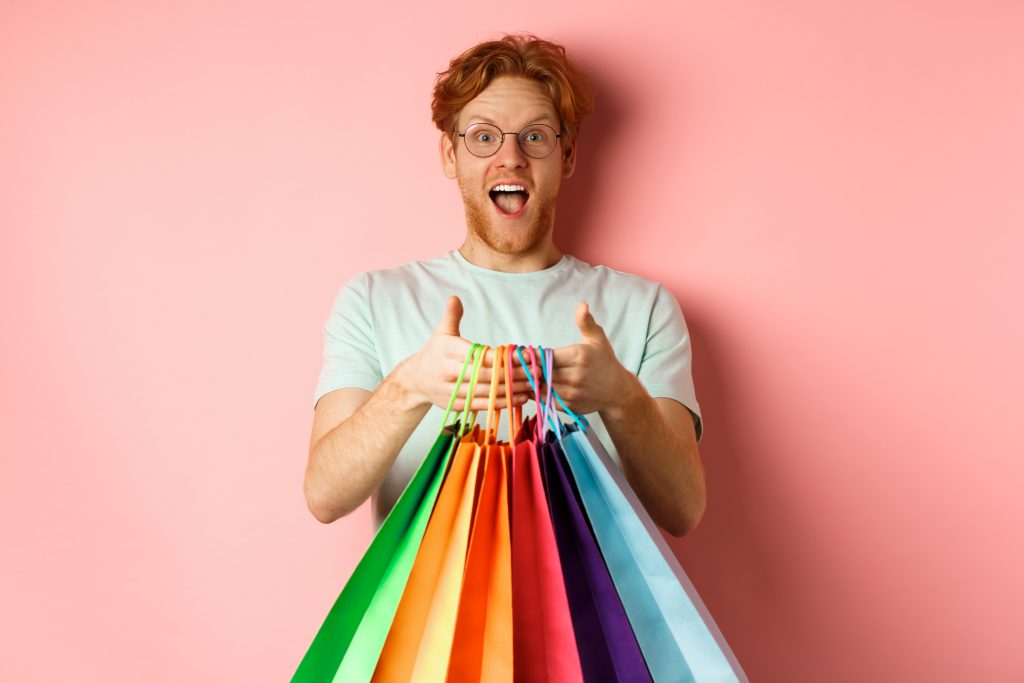
Inclusivity
To resonate with a broader range of individuals, inclusive imagery, language, and symbols must be used. Inclusive packaging design can create a welcoming and inclusive environment that celebrates diversity.
Cohesion
Brands need to create a sense of professionalism and reliability. Consistency in visual elements, colors, and typography is the key to that door that builds customers’ trust.
What are customer looking for today?
Gone are the days when customers didn’t have easy access to product information and compare different products. These days, products and services that are of high quality and meet customer’s needs are most demanded by customers.
Solving a problem
Products are meant to serve some functional purpose that improves customer’s life. If products fail to deliver on that basic promise, customers naturally feel let down and disappointed in their purchase.
Aesthetic experience
Beauty satisfies our innate desire for aesthetic experiences in our lives. It also can create a positive mood and could match with or satisfy the lifetime hidden aspirations of a consumer.
Transparent communication
When companies are open and honest in their communications, it reduces the uncertainty customers feel. And, it demonstrates that a company respects their customers enough
Minimalistic packaging
Since minimal packaging fulfills a large number of needs such as putting consumers at ease and giving them a better impression of the quality of the product, it is very effective. It also allows the product itself to shine and be the focus. And, as they always say less is more.

Local impact
Many customers build trusting relationships with the owners and employees of local businesses in their communities. Also, using locally sourced packaging materials directly supports businesses and jobs within the customer’s own community.
Appealing graphics attract the consumer
Graphics play a significant role on packaging; it helps making a brand unique, preserving its individuality, and emphasizing brand name. The aesthetics quality of a brand will increase and consequently the product stands out on the shelf.
Limit the number of fonts
Using too many fonts can make the design appear disjointed and confusing. That is why simpler designs using fewer fonts tend to be more attractive to customers.
Use white space
When elements are surrounded with white space, they are given room to stand out. Also, white space makes the design to be more arranged and reduces visual fatigue.
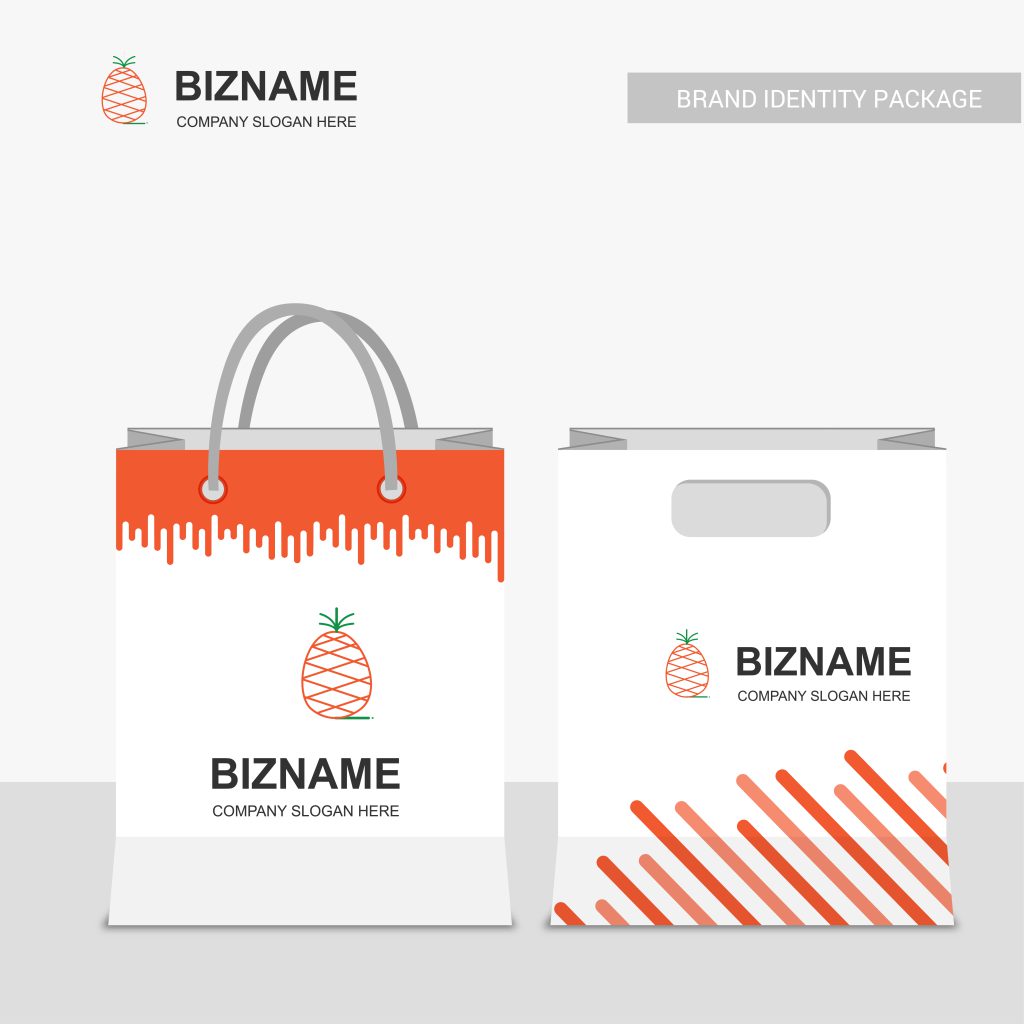
Watch for printing limits
to produce high-quality graphics that print as intended, designers have to understand the various technical printing. Going beyond limits such as ink limits, resolution limits, and color reproduction limits results in pixelated, blurry or unreadable graphics.
Adhere to regulation requirements
Failure to follow relevant packaging regulations in design and labeling of graphics may result in legal violations, safety risks, inconsistent customer experiences, and inaccessible or uninformative labels. In order to produce a safe, informative, and sustainable packaging, adhering to regulatory requirements is essential.
Steer clear of intricate designs
Designers should be careful not to degrade the customer experience. Intricate graphics visual clutter, high production costs, reduced visual scanning efficiency, lower reliability due to printing errors, reduced accessibility must be avoided.
How customers respond to product finish, material and shape
Customers evaluate aspects of packaging finish beyond just aesthetics, responding to factors like texture, durability, and functionality that signal higher quality and protect products as intended. Premium materials like metal, glass and wood increase perceived value. And, simple shapes avoid distraction and enable customers to focus on the product’s purpose.
Shape and branding
Pairing innovative shapes with distinctive branding that use techniques like novelty, simplicity, and contrast allows packaging to stand out visually.
Eco- friendly packaging
To consumers packaging made from paper is perceived as more environmentally friendly; and those who are concerned about waste reduction and conservation pay more for the product packaged in a paper-based package.

Quality material
Both tangible and intangible factors play a significant role for customers when judging the quality of packaging materials. Also, they favor packaging materials that keep products secure.
Label of packaging
A well-designed label can grab the customers’ attention, provide specific information for them, and connect with them.
Quality of packaging material
Customers may be less inclined to buy an item if the packaging seems of poor quality to them. Each specific type of material can be used to convey different messages depending on customers needs, age, and taste.
Packaging design
The first item customers view when purchasing is packaging. Mostly, it is evaluated based on its ability to offer functional benefits like protecting products, facilitating transport, and presenting crucial product information clearly. Also, attractive and innovative designs impact how customers interact with products.
Printed information on packaging
Printing important details like ingredient lists, nutritional facts, usage instructions, safety warnings, and expiry dates could build customer trust and increase their positive feelings towards products.
Language on the packaging
Packaging language conveys basic information, seeks to create an emotional bond between customers and brands, and transforms packaging into an experience gaining customer loyalty.
Brand image on the packaging
An image on packaging immediately captures attention, holding customers’ gaze longer and more intensely than words. They also remain in customers’ memories, aiding in recognition and re-purchase.
Innovation
innovation in packaging design can shape positive customer experiences and differentiate brands from each other.
The quality of packaging
The primary function of any packaging is resistance to damage. High-quality packaging guarantees the safety of the product inside it.
Added value
Beyond basic protection, value-added packaging enhances how customers interact with the product from the start. Features like pop-top lids, pour spouts, and handles not only make products more pleasant to access, but also leave them with a positive impression.
Leaves a first impression on customers’ psyche
As the first touchpoint customers have with any brand, packaging does effect the initial impression of the brand in customers’ mind. Theses initial impressions are long-lasting and bias further interactions with the brand and evaluation of product performance.
Attracts buyers
One of the preliminary steps to attract a particular age group is setting who your customers are going to be. Also, to gain their satisfaction, focus and design your product based on their needs and demands.

Develop a spontaneous urge to buy
Usually stores are full of distractions and competitions. Hence if any brand wants its products chosen, it should trigger quick and emotional reactions of customers in the moment and before overthinking sets in.
Invoke the anticipation of customers
One of the advantages of invoking the anticipation of customers is that it makes them emotionally invested and excited to purchase the product. That is the key of turning an impulse buyer into a loyal long-term customer.
Consumer behavior means understanding the client
Understanding customers’ needs, wants, and motivations is crucial for any businesses. Gaining valuable insight helps a brand to have an informed decision making and position itself correctly in the market.
Packaging solving a problem
Challenges intrinsic to getting goods into the hands of consumers safely should be overcome by packaging. Also, the goal of packaging is to convince a customer that the product solves their needs better than any other product.
Altering the esthetic experience
Paying attention to particular aesthetics such as vintage style, or consumer preferences and marketing strategies contribute to altering the esthetic experience.
Transparency in communication
Transparency is the foundation of trust and enhances customers’ satisfaction. And, by openly sharing the politics, any brand can hold itself to the highest standards of quality, ethics, and sustainability.
Back-to-basics packaging
A minimalistic and simplified approach to packaging can align with consumer values and create positive brand experience. These days, consumers are seeking out minimally packaged items due to waste concerns.
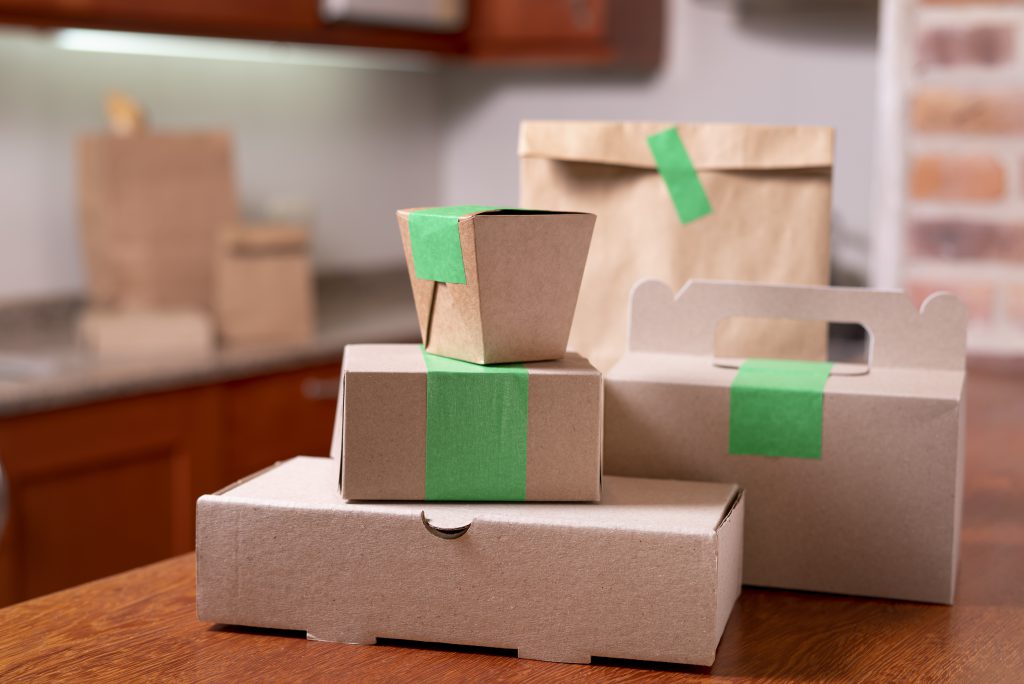
Social impact and sustainability
Upholding strong ethical and environmental standard is a key factor appealing to consumers. Sustainable material such as recycled cupboards, recycle plastics, and secondary packaging can protect a brand’s reputation and customers’ trust.
Become local
Understanding regional needs helps brands better connect with customers, and boost the local community financially.
Combining design research with behavioral research in packaging design
Integrating these disciplines allows designers to deeply understand how customers perceive and interact with packages on both conscious and unconscious level.
Structure
Different factors should be considered when choosing the appropriate structure of packaging. For instance, the first role of any packaging is protecting fragile contents. Also, its shape should be carefully selected to satisfy structural requirements.
Form
Gentle curves and contours conform to natural hand postures; and proportional sizing ensures access without contortionist moves.
Graphics
Often, graphics could create a positive mood, enhance value in the physical appearance, and make a brand unique.
Information
Details written on packaging support informed decision making. Make short that your message is short, sweet, and clear.
How packaging images and typography influence customer decisions
Visuals and text have the ability to tell a coherent story that introduces the product, its features and intended users. The also make a better first impression than competitor brands.
Layout and clarity of typography
An effective typographic layout employs a clear hierarchy through varied sizing and styling to distinguish key information at a glance.
Quality of graphics
There are a few key elements making the quality of graphics important on packaging: resolution, clarity, accuracy, alignment, color accuracy, and consistency.
Shape and size of the packaging
Ergonomic designs that are easy to hold, carry and store, such as rectangular or square formats with standardized size, make products more convenient and practical for everyday use.
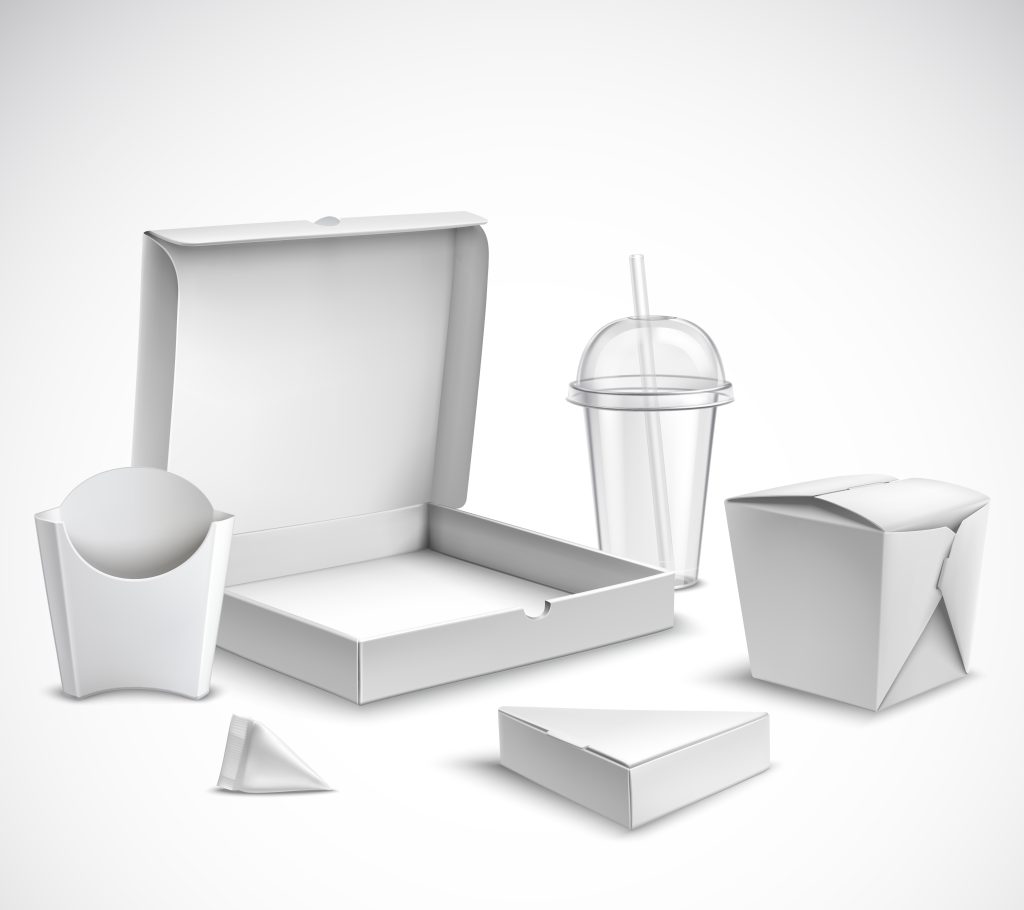
Quality of packaging material
Customers are looking for packaging with high quality materials that feels durable. Also, environmentally-friendly materials align with their values and positively influence buying preferences.
Unique and innovative details
Subtle or unusual design elements help products leap off the shelves and spark curiosity. Interactive packaging boosts engagement and effect customer decisions.
Color
Color triggers very specific responses in the brain and in the whole body. It also can enhance the sales of products. Hence, brands should use emotional benefits of colors to influence customer decisions.
The impact of packaging color
Packaging color of a product has a high intensity to elicit purchase behavior in consumer. Usually, Consumers possess color vocabulary based on which they desire certain type of colors for particular products. Not only can colors bring a point of difference to a brand, but also they evoke emotions in a consumer more than words or images.

Red
Red has a major effect on our emotions; it creates feelings of urgency, excitement and passion. Hence, it is a powerful color for encouraging impulse buys.
Orange
Orange, as a bright color, can grab customers’ attention and make packaging stand out on shelves. It’s the color of sunshine and tropical paradise and it is a great color for exercise products, energy drinks or hardware tools.
Yellow
Yellow, as a warm color, gives customers feelings of warmth, happiness, optimism and joy. This color is used for children’s products to stimulate their mental activity, heighten awareness.
Green
Green is the color of nature and it is associated with purity, health and freshness. Since it creates feelings of freshness, renewal and harmony with nature, it is mostly used by organic and natural brands.
Blue
Blue, the color of the sky and the ocean, is a symbol for expertise, knowledge, intelligence and wisdom. It conveys trust, and implies that the product and brand are credible and honest.
Purple
purple is associated with luxury and power. As a bright color, it catches customers’ eyes on shelves and increases customers’ arousal, attention and positive product evaluations.
Pink
Pink is culturally associated with femininity, women and romance. That is why the target of pink products are often women and girls. This color can also reduce stress, calm customers and improve moods.
Black
Black is generally known as the symbol of mourning, anger and grief. Yet, it implies quality, authority and luxury. And, it creates feelings of prestige and elegance.
White
White implies simplicity, cleanliness and minimalism and as black’s opposite it creates, feelings of purity, peace and openness and This color is used commonly for basics and generic brands.
Gray
Gray, as the combination of black and white, creates a neutral, indifferent or impartial mood. It implies practicality, durability, dependability and stability. It is mostly used as an accent rather than the primary brand color.
How does packaging affect consumer buying choices?
Since packaging can convey information to consumers about the value, brand attributes and benefits they will receive from the product inside, it is a key element creating a strong, positive perception of a brand.
Grabs the attention of the potential buyers
Packaging is crucial to help products stand out from the sea of choices that confront buyers. Specific design elements like eye-catching graphics, textures, and shapes pique curiosity and encourage exploration of products.
Leaves a better first impression
Packaging is a story-telling device. Today, there is an ever-increasing number of purchasing choices. Hence, to grab the attention of the potential buyers, brands need to showcase their identity and values in an engaging way.
Ensures a better unboxing
Designed packaging allows brands to choreograph a memorable moment of discovery and delight upon first opening. Openings like pull tabs create satisfying sensations of peeling back layers to reveal the prize within.

Improves the reputation of business
Reputation is built upon real interactions with and feedback from customers over time. When consumers enjoy the appearance or aesthetic of the packaging, repeat purchase is likely to occur.
Consumers demand from product
Options that fit perfectly with consumers’ unique needs, lifestyles, and interests are mostly required these days.
Authenticity
consumers are willing to pay more for an authentic brand because it builds long-term trust, and also it listens to their feedback in order to continuously improve.
Transparency
An increasingly conscious customer base values transparency because it allows them to make thoughtful purchasing decisions aligned with their ethics and priorities.
Connection
Connection with a brand fosters deep loyalty as consumers begin to identify with a company’s vision and values.
Conclusion
Packaging can influence customer behavior through psychological principles. From the initial moment of seeing a product on shelf, it activates unconscious bias and this instant first impression shapes initial consideration in the mind of the consumer. As the silent salesman, packaging remains one of the most effective marketing tools available to influence purchase behaviors.
Sustainability
Facility
Process optimization
Special purpose machinery
Improved reliability
Increased flexibility
Marketing and sales
Predictive maintenance
Limit the number of fonts
Use white spaces
Watch for printing limits
Adhere to regulation requirements
Steer clear of intricate designs
Grab the attention of the potential buyer
Leaves a better first impression
Ensures a better unboxing
Improves the reputation of business
Consumers demand from product
Authenticity
Transparency
Connection

